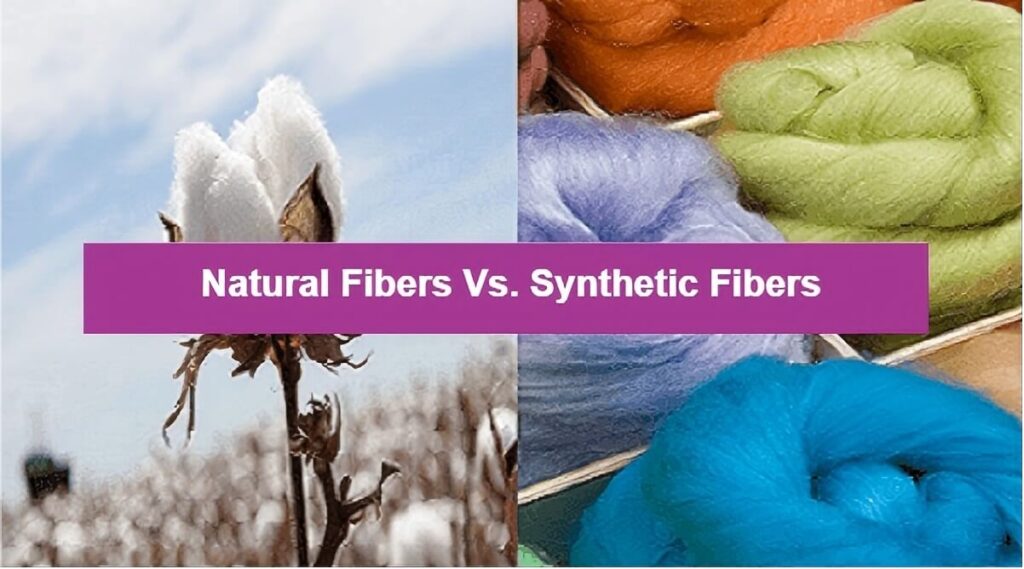소개
나일론은 우리가 입는 옷부터 항공 우주 공학에 사용되는 장비에 이르기까지 일상 생활 곳곳에서 볼 수 있는 이름입니다. 하지만 나일론이 천연 섬유인지 합성 섬유인지 궁금한 적이 있으신가요? 지속 가능성과 합성 소재가 환경에 미치는 영향에 대한 우려가 커지면서 나일론이 무엇인지, 어떻게 만들어지는지, 천연 섬유와 어떻게 비교되는지 이해하는 것이 그 어느 때보다 중요해졌습니다.
이 포괄적인 가이드에서는 나일론의 진정한 본질을 살펴보고, 나일론의 기원, 특성 및 응용 분야에 대해 논의하며, 지속 가능성에 대한 현재 진행 중인 논쟁에 대해 자세히 알아볼 것입니다. 이 글을 다 읽고 나면 나일론이 진정한 합성 섬유인지, 일상 생활에 어떤 영향을 미치는지, 이 다용도 소재의 미래는 어떻게 될지 명확하게 이해할 수 있을 것입니다.

나일론은 천연 소재인가요?
나일론의 탄생
나일론 는 1930년대 초 듀폰의 월러스 카로더스와 그의 연구팀이 처음 발명했습니다. 그 목표는 비싸고 수요가 많았던 실크를 대체할 수 있는 합성 섬유를 만드는 것이었습니다. 1938년 나일론이 공식적으로 세상에 소개되면서 섬유 산업에 혁명을 일으켰습니다. 처음에는 칫솔모에 사용되었지만 "나일론"으로 유명한 실크 스타킹을 대체하는 소재로 소개되면서 널리 명성을 얻었습니다.
나일론은 어떻게 만들어지는가
나일론은 중합이라는 공정을 통해 만들어집니다. 주요 원료는 석유화학 물질, 특히 디아민과 디카르복실산입니다. 이러한 화합물이 결합되면 긴 폴리머 사슬을 형성하고 이를 섬유로 뽑아냅니다. 섬유는 직물, 필라멘트, 성형 플라스틱 등 다양한 형태로 추가 가공될 수 있습니다.
나일론의 고유한 특성
나일론은 인상적인 특성으로 유명합니다:
높은 인장 강도 - 상당한 마모와 손상을 견딜 수 있습니다.
탄력성 - 나일론은 신축성이 있고 원래 모양으로 돌아갈 수 있어 활동적인 옷에 적합합니다.
방수 기능 - 천연 섬유와 달리 나일론은 빠르게 건조되고 수분을 많이 흡수하지 않습니다.
내구성 - 마모에 강해 아웃도어 장비, 카펫, 산업용으로 이상적입니다.
경량 - 나일론은 다른 천연 섬유보다 훨씬 가볍기 때문에 여행 및 스포츠웨어에서 인기가 높습니다.
나일론 대 천연 섬유: 어떻게 비교할 수 있을까요?
나일론과 천연 섬유의 주요 차이점
식물과 동물에서 추출한 면, 양모, 실크와 같은 천연 섬유와 달리 나일론은 순전히 인공 섬유입니다. 이러한 근본적인 차이는 생산 공정부터 생분해성까지 모든 것에 영향을 미칩니다.
천연 섬유와 비교한 나일론의 장단점
나일론의 장점:
대부분의 천연 섬유보다 강함 - 나일론 원단은 수명이 길고 모양이 잘 유지됩니다.
비용 효율성 향상 - 나일론은 대량 생산이 가능하기 때문에 천연 섬유보다 가격이 저렴한 경우가 많습니다.
곰팡이 및 곰팡이에 대한 내성 - 면이나 양모와 달리 나일론은 습기를 머금지 않아 곰팡이가 생길 위험이 적습니다.
나일론의 단점:
통기성 저하 - 천연 섬유는 공기 순환을 원활하게 하여 더운 날씨에 더 편안하게 착용할 수 있습니다.
환경 문제 - 나일론은 생분해되지 않으며 플라스틱 오염에 기여합니다.
정전기가 발생하기 쉬운 환경 - 천연 섬유와 달리 나일론은 정전기가 발생하여 옷에 불편함을 줄 수 있습니다.
나일론의 지속 가능성 및 환경 영향
A. 나일론 생산의 탄소 발자국
나일론 생산은 에너지 집약적이며 강력한 온실가스인 아산화질소를 배출합니다. 또한 석유에서 추출하기 때문에 제조 과정에서 재생 불가능한 자원의 고갈에 기여합니다.
B. 나일론 재활용: 지속 가능성을 향한 한 걸음
나일론이 환경에 미치는 영향을 줄이기 위해 많은 회사에서 에코닐과 같은 재활용 나일론을 생산하기 시작했습니다. 이 소재는 오래된 어망, 산업 스크랩, 직물 폐기물로 만들어져 새로운 석유 기반 나일론의 필요성을 줄여줍니다.
C. 지속 가능한 나일론의 미래
과학자들은 피마자유와 같은 재생 가능한 자원으로 만든 바이오 기반 나일론 대체재를 연구하고 있습니다. 생분해성 나일론의 혁신도 등장하여 보다 지속 가능한 미래에 대한 희망을 제시하고 있습니다.
나일론에 대한 일반적인 오해
A. 오해: 나일론은 천연 섬유입니다
나일론이 널리 사용되고 있음에도 불구하고 일부 사람들은 나일론이 직물과 같은 질감 때문에 천연 소재라고 잘못 알고 있습니다. 사실 나일론은 실험실에서 만들어진 완전 합성 소재입니다.
B. 오해: 나일론은 항상 환경에 좋지 않다
전통적인 나일론은 환경에 큰 영향을 미치지만, 재활용 및 바이오 기반 생산과 같은 새로운 지속 가능한 이니셔티브로 인해 나일론이 더욱 친환경적으로 변하고 있습니다.
결론
A. 주요 요점
나일론은 100% 합성 섬유 화학적 중합 과정을 통해 만들어집니다.
그것은 내구성, 경량, 방수 기능의류, 산업 자재 및 가정용품에 이상적입니다.
천연 섬유와 비교, 나일론은 강도는 뛰어나지만 통기성과 생분해성이 부족합니다..
그리고 나일론의 환경 영향 에 대한 우려가 커지고 있지만, 재활용 노력과 바이오 기반 대안이 지속 가능성을 개선하는 데 도움이 되고 있습니다.
B. 나일론의 미래
기술이 발전함에 따라 나일론의 미래는 지속 가능성을 향해 나아가고 있습니다. 친환경 대체 소재를 개발하려는 노력이 증가함에 따라 소비자들은 앞으로 더 친환경적인 나일론 옵션을 기대할 수 있습니다. 나일론과 같은 소재의 기원과 영향을 이해하면 패션, 가정용품, 산업 분야에서 보다 현명한 선택을 하는 데 도움이 될 수 있습니다.
자주 묻는 질문
1. 나일론은 생분해성인가요?
아니요, 기존 나일론은 생분해성이 아니므로 분해하는 데 수백 년이 걸립니다. 하지만 현재 생분해성 버전이 개발되고 있습니다.
2. 의류에서 나일론이 인기 있는 이유는 무엇인가요?
나일론은 가볍고 내구성이 뛰어나며 습기에 강해 스포츠웨어, 수영복, 아웃도어 장비에 이상적입니다.
3. 패브릭 제품에서 나일론을 어떻게 식별할 수 있나요?
소재 성분에서 "나일론"이라는 라벨을 확인하세요. 나일론은 화염에 노출되면 녹아서 플라스틱과 같은 냄새가 나므로 화상 테스트를 할 수도 있습니다.
나일론의 진정한 의미와 환경에 미치는 영향을 이해함으로써 소비자는 일상에서 사용하는 소재에 대해 보다 신중한 선택을 할 수 있습니다. 재활용 나일론을 선택하든 대안을 모색하든, 작은 결정이 더 지속 가능한 미래로 이어질 수 있습니다.
